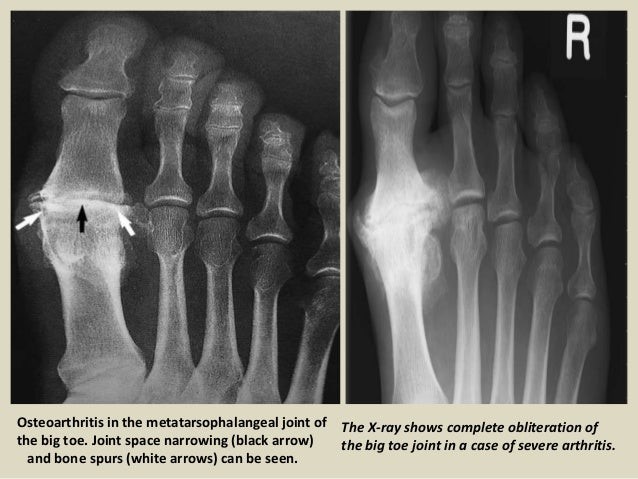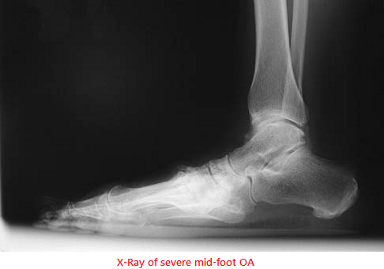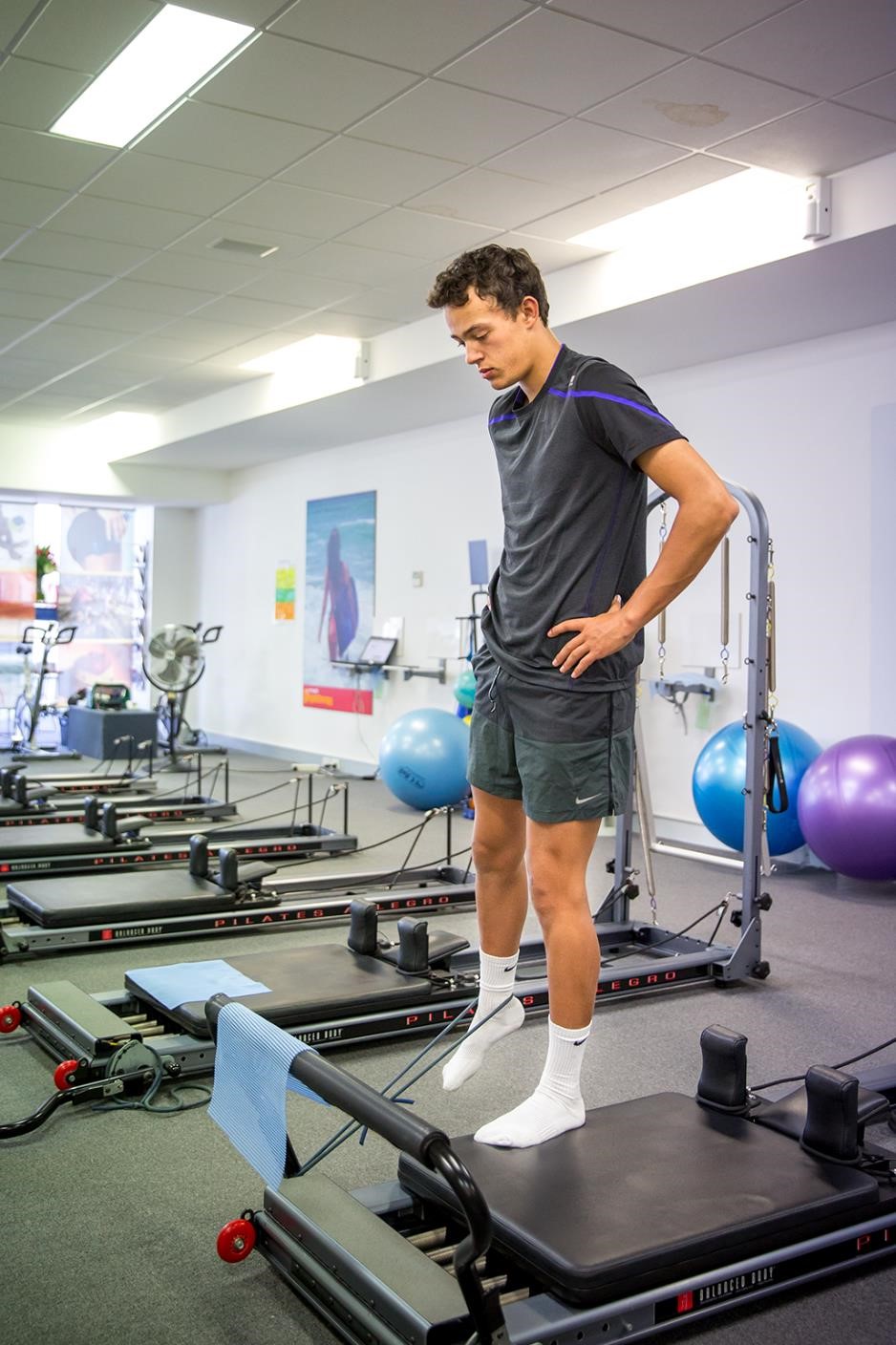Foot Osteoarthritis (OA) - Fact Sheet
What is a Foot Osteoarthritis (OA) ?

Signs and Symptoms of Foot Osteoarthritis (OA) ?
• Pain after long walks, or after standing for a long duration
• Foot Joint stiffness, usually in the morning
• Pinching type pain with particular movements, sometimes associated with sharp “locking”-type pain
• Pain is usually intermittent, off/on pain, of varying severity
• Pain with activities involving loading the feet, such as walking uphill or climbing stairs.
• Noticeable loss of joint space between the joints of the feet, with disruptions of the joints noticeable on X-Ray.

Treatment of Foot Osteoarthritis (OA) ?
Ice, Compression, Elevation: Using ice immediately after activity may help reduce pain and inflammation. Ankle taping may also be beneficial in limiting movement and giving the ankle support for short-term periods.
Tailored Clinical Exercise: This is important to maintain strength and function of the ankle. For anterior impingement, this may involve some range of motion exercises, balance and proprioception exercises (co-ordination), and strengthening exercises of the foot and ankle muscles, including the calves.
Prognosis: depending on the cause of impingement, ankle impingement can generally be treatable through exercise and re-training of the ankle joint. However, if any bony changes are too severe, referral to a foot and ankle surgeon may be warranted.



